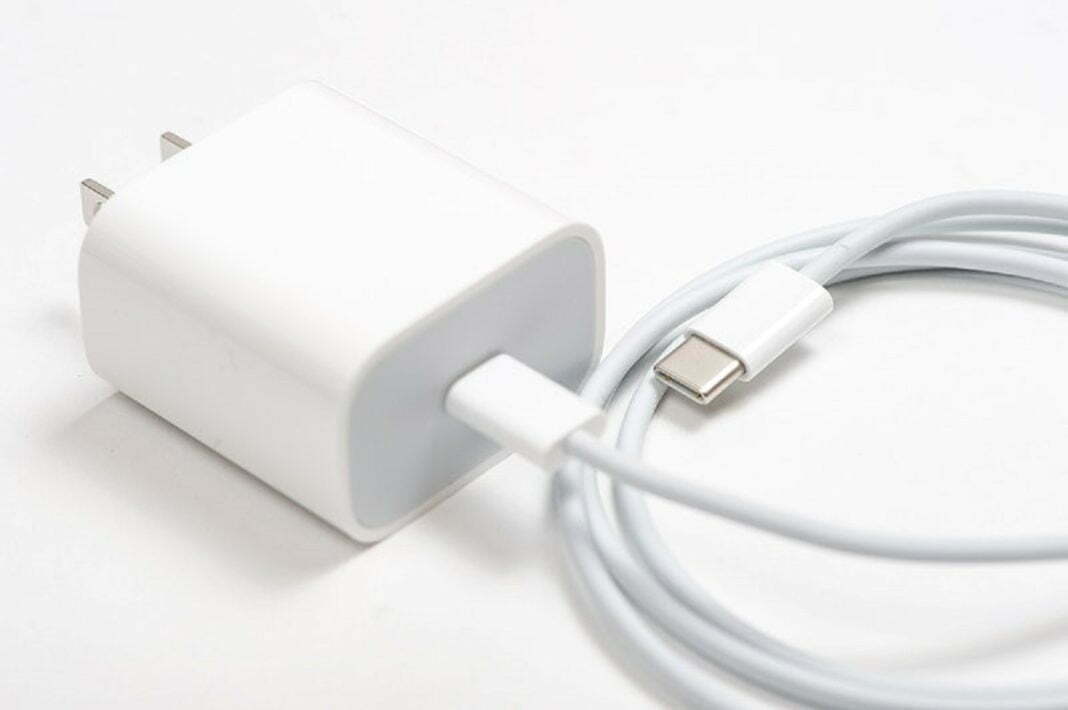Long live the Apple Lightning charger. Even though we adore Apple, its Lightning chargers can be a real pain. The inconvenient cords only work with Apple products, which often means carrying around more cables than you’d like to avoid losing juice. The European Union, on the other hand, has had enough and has finally said goodbye to Apple’s proprietary connector.
A decade after the introduction of the Lightning cable, the EU has finally passed a rule requiring all smartphones to have the same charging port, making all chargers interchangeable. In particular, the ruling will require all smartphones in the EU to have a USB-C charging port, so the Apple Lightning charger will be phased out – at least for those of us in Europe (if you’re an Apple user looking to stock up on the latest tech, make sure to check out our roundup of the best Apple deals).
The decision had been expected for some time, but Apple fought it hard. The goal of the rule, according to European Commission Vice President Margrethe Vestager, is to reduce waste from technology by reducing the number of cables required. Tablets, e-readers, cameras, headphones, handheld game consoles, speakers, and headsets will all be required to have the USB-C charging port, allowing cables to be more easily interchanged.
Of course, such a shift will not occur overnight. According to the official statement, tech manufacturers have two years to prepare, with the USB Type-C port becoming mandatory “by autumn 2024.” According to the EU, the move will save consumers up to €250 million. According to Thierry Breton, EU Industry Commissioner, it will also “allow new technologies such as wireless charging to emerge and mature without allowing innovation to become a source of market fragmentation and consumer inconvenience.”
Until now, Apple was allowed to ship its products in Europe with Lightning cables as long as it included a USB-C adapter. It argued that prohibiting Lightning cables would actually increase waste because of the volume already shipped, but the EU clearly believes its calculations will be correct in the long run.
The announcement coincided with the release of Apple’s new 35W power adapter with dual USB-C ports (see above). The adapters can charge two devices at the same time, such as two iPhones or an iPad and a MacBook. According to Mac Rumours, the charger will be included with the new MacBook Air, which could cause issues for Apple when distributing to the EU in the coming years.
To be honest, we won’t be too sad to see the Lightning charger disappear. It could be argued that the design is superior to USB-C. The latter requires larger ports and relies on friction, which wears away over time, whereas Apple’s Lightning cable snaps into place thanks to grooves in the cable tip. However, Lightning cables are slower, and we won’t miss the days when we have 1% battery left on our phone and the only charger available is an Android USB-C. So, if you have an Apple charger, now might be a good time to upgrade to a wireless charger. Our roundup includes all of the best wireless chargers of the best iPhone chargers.
What is a Lightning charger?
If you haven’t used Apple devices in a decade, the Lightning cable is Apple’s proprietary connection for connecting iPhones, iPads, and the late iPod to computers, external monitors, cameras, chargers, and other devices. It was first introduced in 2012 with the iPhone 5 and then with the iPad 4. After ten years, it is still the most common way to charge and connect most of these devices.
The original cable has a thin reversible Lightning adapter on one end and a standard USB-A adapter on the other, but USB-C adapters and third-party adapters are also available.




